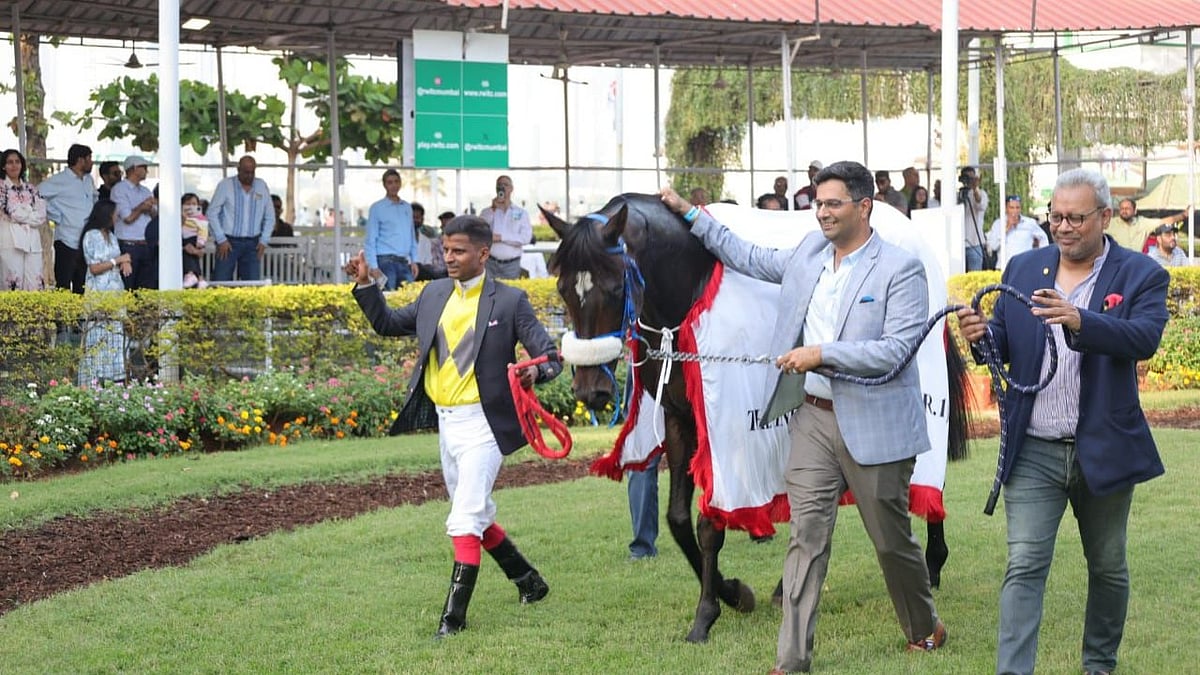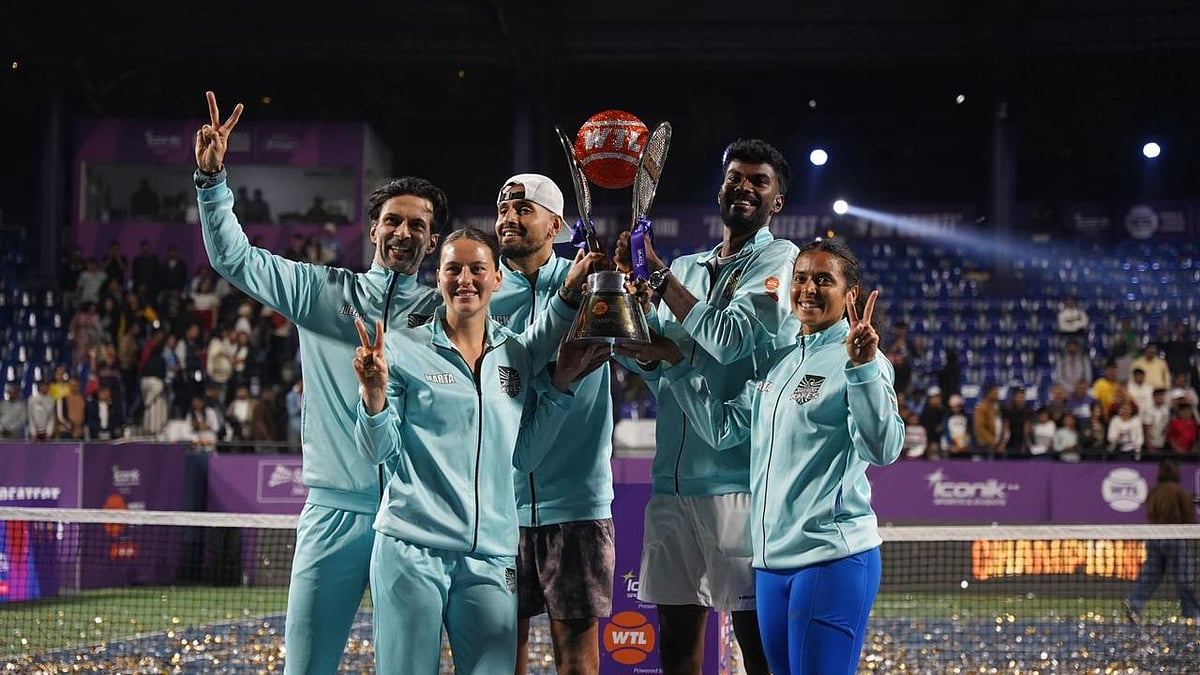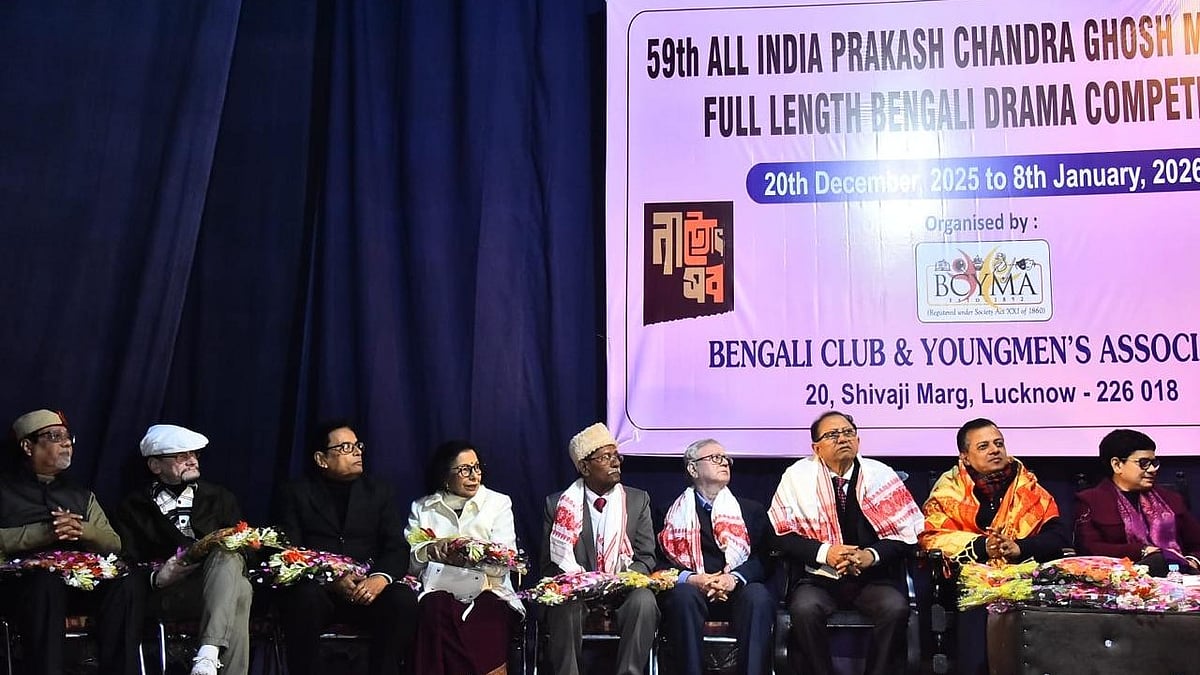When we couldn’t access the world in the way we can today, we met, talked, discussed what was going on in the other’s life, gossiped and more than anything we talked about food. Food. A discussion on food can be really soothing; it can keep spirits alive, is most non-controversial, and often involves talking about recipes, dishes, traditions and ways of preparation. Discussing the way to make something is how our shared understanding about food and life, and how they engender popular sub cultures, grows. Food is a sub culture of its own.
Politics, religion and food. The groups, the affiliations and associations that the three produce are omnipotent and all over the place. And every day we benefit (or not) from being part of them. The recipes, the photography, the gluttonous pictures, the pretty 48-layered cakes and the dessert that overflows from tall glasses with chocolate and biscuits and Kit Kat sticking out, are what makes foodies shower billions of likes and interested comments on Facebook and Instagram – the forerunners of “food porn”.
And now food travels are becoming a part of itineraries of companies that want their customers to be able to enter a world within worlds. It helps that the market is now replete with websites that carry reviews and recommendations of restaurants, for clueless travellers, who have limited days, a few hours sometimes passing through a city, and who want the best possible recommendation for a restaurant where they can just chill and scarf down dal, roti and chawal.
Food, travel, lifestyle and photography blogs like Saffron Streaks started by Sukanya Ghosh want to bring about a final synthesis of food and travel on a website and thus help people understand India’s food destinations… through pictures where sabzis, dals, rice, raita and sweet dishes are arranged painstakingly and take readers through mental journeys through a thali to regions whose food has been largely ignored in the wave of internationalism that has taken place in the metro cities.
(Check out the Bengali and the Kannadiga thali series on her blog). With 746 subscribers, and around 1500 followers on Instagram Saffron Streaks is about Ghosh’s travels and how local recipes, ingredients and cuisines inspired her while she cooked Bengali food at home. When in the US, Ghosh fell in love with Sriracha sauce, and New York’s thin crust pizzas, and often tried to pick up on how they are made at various cook-outs where sometimes organisers would demonstrate how to make a wood-fired pizza like they do in Italy, where pizza is a pick-me-up. Almost like a street food where pizza is available by slice.
Other kinds of cuisines that have had an influence on Ghosh’s cooking are Thai and Singaporean cooking. She has tried to infuse basic ingredients from South East Asian cooking into Bengali food, in dishes like the ‘Chili-spiked tilapia dunked in zesty mango sauce’ and the ‘Tofu Chili’. The Tofu Chili is inspired by the paneer chili which as we all know is a mixture of Indian and Chinese ingredients and cooking styles. Ghosh’s tilapia is fish fillet covered in Thai inspired mango sauce complete with coatings of bird eye chili paste, and ginger and honey adding hints of oomph to the sauce. “I started my blog in 2007. Cooking was my passion and everyone in my family was a good cook, so it came to me naturally.
People encouraged me to start a blog of my own because they liked my postings on other blogs – for example one being about a trekking expedition to the Himalayas. When I travelled my perceptions were broadened. My perceptions about food and cooking changed and I always try and procure popular ingredients from a particular place, such as Sichuan pepper, galangal, pandan leaves and kafir lime leaves from Thailand, which is known for them.”
Hence we see that bloggers in their own way are trying to bring the world closer by merging ideas from their travels with food, by writing about special food from across the world, and by going out there and trying to define the world as a big platter of food instead of just sights and monuments and temples and monasteries. These bloggers have gone into the bazaars, chatted with locals and carefully tried to bring out the essence of a place for their readers, by photographing food in all its rusticity, its rawness and its local appeal – the reason why so many passers-by are willing to make pit stops to dig into the street food at local stalls. Blogs like www.migrationology.com started by Mark Weins and Khyati Taneja’s blog of the same name try to understand people and places through their grub and the stuff they eat.
So what is it about the stuff people eat that intrigues tourists? Eating food the way it was made many generations ago makes people feel like they have had access to something that has been nurtured by families – a recipe. Sometimes a recipe passed down through generations has a secret ingredient that gives it that edge, that ability to please an eater. The number of food tours in the country has grown with several cities in the North such as Delhi, Agra, and Kolkata hosting food tours for travellers who are looking for something intimate – so as to be able to uncover a different aspect of a city’s character.
Through its spices, its palate, its food history and its tastes. How city based chefs combine native ingredients with lessons from their own personal dining habits to satisfy local hunger. Along with taking people on street food tours, food tour companies also try and arrange for participants to be part of a cooking class in a neighbourhood, or for them to enjoy a home-cooked meal at a local home.
Some companies which specialise in food walks and trips and even trips to local beer breweries include the Saffron Palate in Delhi, Calcutta Capsule in Kolkata, India Food Tour and Offbeat Tracks in Hyderabad. Says Sophia Khan of Offbeat Tracks, “Food plays a pivotal role in people’s lives. We want our clients to live like locals, and immerse themselves in the culture of a place. We take people to indigenous breweries where they exist and even introduce them to the non-alcoholic beverages of a town or a village. One example of that is the Tibetan Butter Tea.
People on our tours actually learn how to make it in our Stok Village Tour, and then eat a Ladakhi meal later on. In Bhutan, on our tours, people can learn how to make Ema Datshi, the national food of Bhutan. We conduct tours in Ladakh, Bhutan, Sikkim, Assam, Kashmir, Vietnam, and are soon expanding to other countries like Turkey. We conduct organic farm tours at these destinations where people can pick their own vegetables for future consumption. We would like for our clients to experience a destination from the ground up.” Hence come into being communities that bond over stories about how to eat, and this one is not limited to your aunt coming over and sharing recipes with your mother but has expanded to include the world – tourists, ordinary locals, chefs and local beer brewers.








